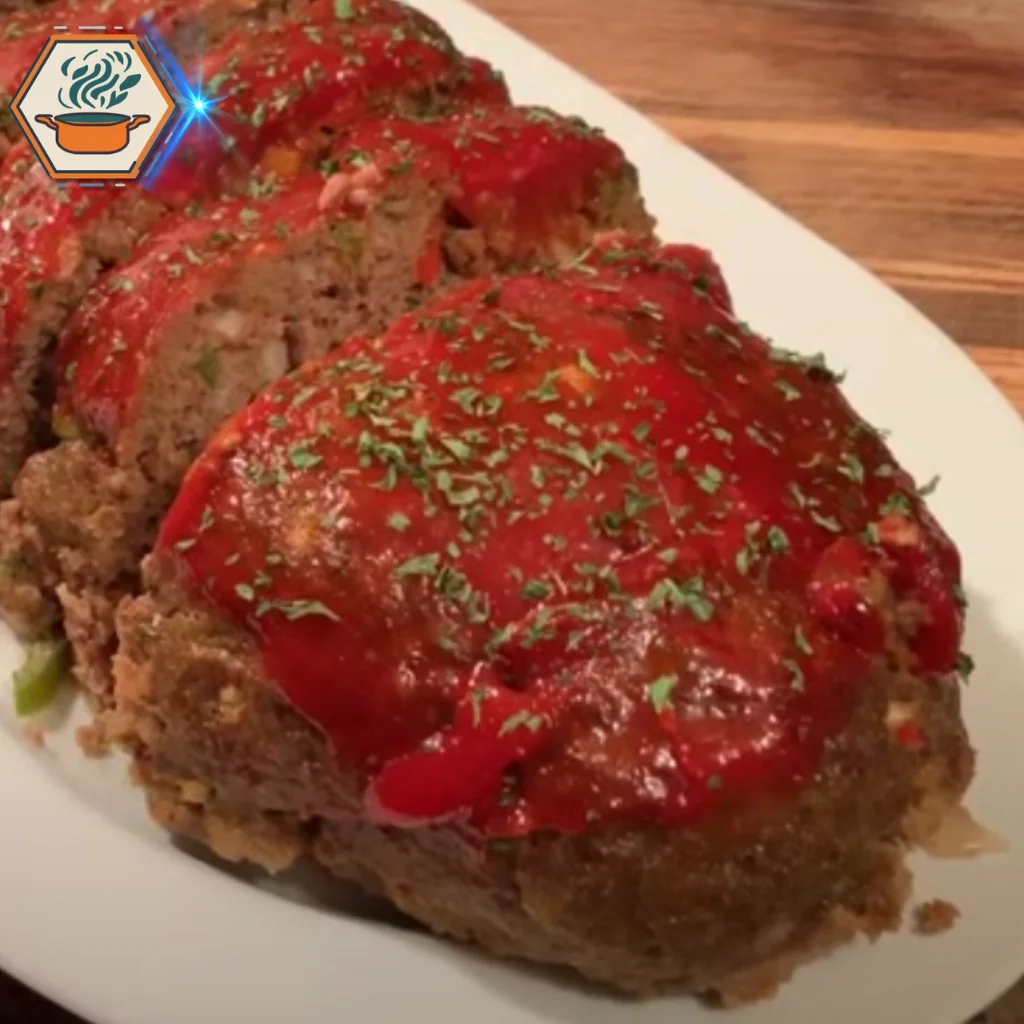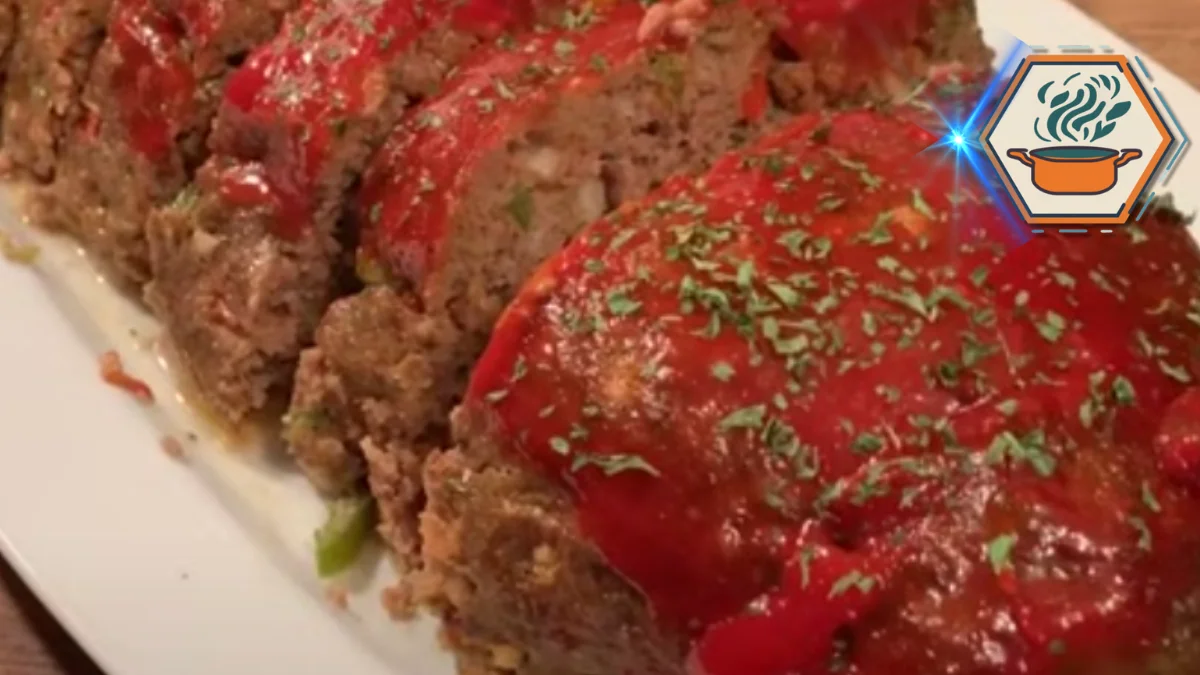Time to read:6 minutes
Table of Contents

When making a classic comfort food like meatloaf, every ingredient matters—especially the liquid. One of the most common debates among home cooks is whether to use milk or water in Lipton onion soup meatloaf recipes. While water seems like a neutral and calorie-free option, milk has unique properties that can elevate the dish, creating a moist, flavorful, and perfectly textured loaf.
This article explores the science behind using milk instead of water in meatloaf, with a special focus on enhancing Lipton onion soup meatloaf. Packed with professional tips, creative variations, and step-by-step guidance, this comprehensive guide ensures your meatloaf is always a hit.
Introduction: Why Liquid Choice Matters in Meatloaf
The liquid in your meatloaf recipe is more than just an ingredient—it’s the secret to achieving a tender, flavorful, and cohesive loaf. Liquid serves several essential purposes, including:Lipton onion soup meatloaf
- Hydrating the Breadcrumbs: Binders like breadcrumbs or crackers need liquid to soften and distribute evenly throughout the mixture.
- Adding Moisture: Proper hydration ensures the meatloaf stays juicy, even after baking.
- Enhancing Flavor: Using milk instead of water introduces fats and natural sugars that enrich the overall taste.
For recipes like onion soup meatloaf, the choice of liquid directly impacts the final result. To learn more about crafting the perfect meatloaf, explore our guide on the secret to moist Lipton onion soup meatloaf.
Milk vs. Water in Meatloaf: A Scientific Breakdown
Why Milk is Superior
- Hydration Without Dilution
Milk softens breadcrumbs or crackers more effectively than water. Its fat and protein content add richness, helping the mixture bind without making it overly dense. - Enhanced Flavor
Milk contains natural sugars (lactose) and proteins that caramelize slightly during baking. This creates a subtle sweetness and deepens the flavor of the meatloaf. - Improved Texture
The fats in milk act as an emulsifier, locking in moisture and preventing the loaf from drying out. The result is a tender, juicy interior. - Better Browning
The proteins and sugars in milk promote the Maillard reaction, responsible for the golden-brown crust on a well-baked meatloaf.
Drawbacks of Using Water
- Lacks Flavor: Water doesn’t contribute to the overall taste, leaving the loaf reliant solely on the seasoning.
- Limited Moisture Retention: Without fats or proteins, water evaporates quickly during baking, increasing the risk of dryness.
- Less Rich Texture: The absence of dairy fats results in a less creamy and cohesive mixture.
To understand more about how ingredients influence texture, read The Science of Baking Meatloaf.
How Lipton Onion Soup Mix Enhances Meatloaf
Using Lipton onion soup mix in meatloaf is a time-tested way to add depth of flavor with minimal effort. Here’s why it’s a must-have ingredient:
- Savory Flavor Boost: The mix’s dehydrated onions, bouillon powder, and spices create a well-rounded, umami-packed profile.
- Moisture Retention: The dried onions rehydrate during baking, infusing the meatloaf with flavor and moisture.
- Convenience: It simplifies seasoning, saving time without compromising taste.
Step-by-Step Recipe for Lipton Onion Soup Meatloaf
Ingredients
- 2 lbs ground beef (80/20 blend recommended)
- 1 packet Lipton Onion Soup Mix
- 1 cup breadcrumbs or crushed crackers
- 3/4 cup milk (whole milk preferred)
- 2 large eggs
- 2 tbsp Worcestershire sauce
- 1/4 cup ketchup (plus 1/3 cup for the glaze)
- 1 tsp garlic powder
- Optional: Fresh parsley for garnish
Instructions
- Preheat Your Oven:
Preheat the oven to 350°F and lightly grease a loaf pan or line it with parchment paper. - Combine Dry Ingredients:
In a large bowl, mix the Lipton onion soup mix, breadcrumbs, and garlic powder. - Add Milk and Worcestershire Sauce:
Stir in the milk and Worcestershire sauce to hydrate the breadcrumbs. - Incorporate the Ground Beef and Eggs:
Add the ground beef and beaten eggs to the bowl. Mix gently with your hands until just combined. Avoid overmixing, as this can lead to a dense texture. - Shape and Glaze:
Transfer the mixture to the prepared loaf pan and shape it evenly. Spread ketchup on top for a tangy glaze. - Bake:
Place the pan in the oven and bake for 60–75 minutes, or until the internal temperature reaches 160°F. - Rest and Serve:
Let the meatloaf rest for 10 minutes before slicing to ensure the juices redistribute evenly.
Pro Tips for Perfect Lipton onion soup meatloaf Texture
- Pre-Soak Breadcrumbs: Allow breadcrumbs to soak in milk for 5–10 minutes to ensure even hydration.
- Use a Meat Thermometer: Check that the internal temperature reaches exactly 160°F to avoid overcooking.
- Double the Glaze: Apply half the ketchup glaze during baking and the rest just before serving for extra flavor.
Common Mistakes to Avoid When Using Milk in Meatloaf
- Using Skim Milk: Whole milk works best due to its higher fat content, which adds richness and moisture.
- Overloading on Breadcrumbs: Excessive breadcrumbs can absorb too much liquid, resulting in a dry loaf.
- Skipping the Resting Period: Cutting into the meatloaf too soon allows juices to escape, reducing moisture.
Creative Variations of Lipton Onion Soup Meatloaf
1. Italian-Inspired Meatloaf
- Replace the ketchup glaze with marinara sauce.
- Add grated Parmesan cheese and Italian seasoning to the mixture.
2. BBQ Meatloaf
- Use barbecue sauce instead of ketchup for the glaze.
- Mix in diced bell peppers for added texture and sweetness.
3. Gluten-Free Meatloaf
- Substitute regular breadcrumbs with gluten-free alternatives, such as oats or almond flour.
- Ensure the Lipton onion soup mix used is certified gluten-free.
Best Side Dishes for Meatloaf
Pairing the right sides with your Lipton onion soup meatloaf elevates the meal. Here are some ideas:
- Mashed Potatoes: Creamy and buttery, a classic choice.
- Roasted Vegetables: A medley of carrots, Brussels sprouts, and zucchini adds a healthy balance.
- Coleslaw: The tangy crunch complements the richness of the meatloaf.
For more side dish inspiration, visit The Kitchn.
Storing and Reheating Meatloaf Without Losing Moisture
- Refrigerate Leftovers: Store slices in an airtight container for up to 3 days.
- Freeze for Longer Storage: Wrap individual portions in plastic wrap and foil, then freeze for up to 3 months.
- Reheat Properly: Cover the meatloaf with foil and warm in a 325°F oven until heated through.
FAQs About Milk and Meatloaf
Q1: Can I use non-dairy milk in Lipton onion soup meatloaf?
Yes, unsweetened almond milk or oat milk can be used as a substitute. However, the flavor and texture may differ slightly.
Q2: What happens if I use water instead of milk?
Water will hydrate the breadcrumbs but won’t add any flavor or fat, resulting in a less tender and flavorful meatloaf.
Q3: Can I skip liquid entirely?
No, liquid is essential for hydrating the binders and ensuring the meatloaf remains moist.
Conclusion: Why Milk is the Key to Perfect Meatloaf
Using milk instead of water in meatloaf is a simple yet impactful choice that enhances the dish’s texture, flavor, and overall quality. Milk’s fat and protein content create a moist, tender loaf while enriching the taste—a combination that water simply cannot achieve.
By incorporating milk alongside Lipton onion soup mix, you can craft a meatloaf that’s sure to impress at any dinner table. For more tips and recipes, visit Recipes Mind.

